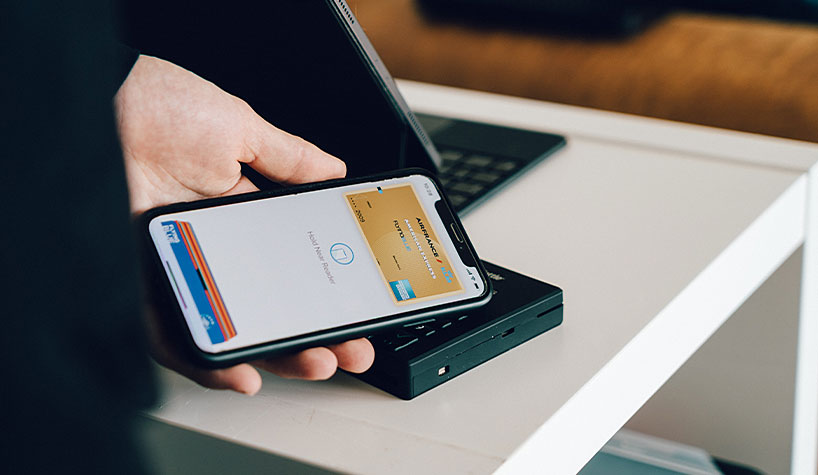MADRID—The COVID-19 environment has ushered in new traveler expectations, whether it’s a desire for biometric self-service at the airport or a greater need for destination-specific health information, traveler demands are changing. New expectations extend to how people pay for travel too, according to the Amadeus Travel Payments Guide 2020, a new study examining traveler payment trends across the world conducted in partnership with local payments infrastructure provider PPRO.
Perhaps unsurprisingly, COVID-19 has accelerated a long-term trend away from physical cash payments; 84% of respondents confirmed that they now pay with non-cash methods like contactless or mobile payments when traveling. Indeed, 14% of respondents said that when contactless payment options are not available, they would abandon the purchase altogether rather than risk the physical contact required to pay with cash.
“Contactless, digital and mobile payments have accelerated as travelers seek to reduce physical interactions, which is positive for all concerned,” said Bart Tompkins, managing director, payments, Amadeus. “However, the industry needs to offer a more comprehensive range of new digital and local payment methods if we are to tackle long standing concerns around high fees. Offering transparency and choice is how we can make the digital payments shift permanent.”
This shift to modern payment methods has led to an overall reduction in the use of cash to pay for on-trip services like food, beverages and attractions of circa 6%. According to the IMF, cash use declines by 1.4% a year on average, suggesting we’ve seen four years worth of digital payment transformation in the past nine months.
However, data suggests this trend could be temporary unless the travel industry can overcome historic problems associated with high and unclear fees when paying for travel. In fact, 55% of respondents agreed they plan to return to cash payments when the risk from COVID-19 has significantly reduced with “better clarity on charges” and “cards being too expensive to use abroad” as the most cited reasons. Here, there are opportunities for travel companies that allow travelers to pay transparently and at low cost using a wide range of payment methods.
“In reality, there are now many digital payment methods that have negligible fees when used for traveling in another country, which are cheaper and more convenient than traditional currency exchange options,” said James Booth, VP, head of partnerships EMEA, PPRO. “But people have been hit with high fees over the years and the industry has lacked transparency; it will take a concerted effort to shift those perceptions.”
The Amadeus Travel Payments Guide provides a detailed breakdown of the top payment methods used in all major markets across the world to help travel companies develop payment acceptance strategies that meet traveler needs.




